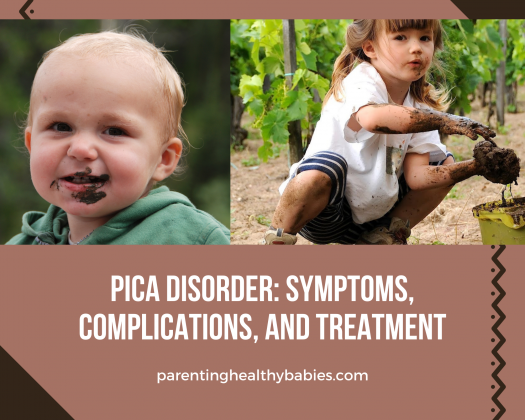

Assessment may include questionnaires and/or observation of the frequency of pica, what is being eaten and what led up to the pica episode. Good assessment of a person’s pica is also very important, although this can be a long and complex process. pregnancy) it is severe enough to warrant independent clinical attention. autistic spectrum disorder) or during a medical condition (e.g. If occurring in the presence of another mental disorder (e.g. The eating behaviour is not part of a culturally supported or socially normative practice. The eating of non-nutritive substances is inappropriate to the developmental level of the individual. Persistent eating of non-nutritive substances for a period of at least 1 month. The Diagnostic Criteria for Pica from DSM 5 (American Psychiatric Association, 2013) states that pica is:

Health professionals who can diagnose pica include paediatricians, gastroenterologists, psychiatrists and/or clinical psychologists. Getting a diagnosis of pica can be the first step towards effective management, not least because early intervention may prevent harm and the need for more complex treatments further down the line. It is written again in collaboration with James’ family and aims to bring together evidence from research, clinical practice and strategies that families develop themselves.īy doing so, we hope to continue to highlight the dangers of pica behaviour and to provide support to those currently managing what is still a poorly understood, socially stigmatising and potentially lethal condition. In this second article we will concentrate on what is known about interventions or treatments for pica, particularly for autistic people. Such severe pica is relatively rare but the consequences for the person who engages in it and their family and friends can be devastating, as it was for James and his family, whose tragic story we told in our corresponding article on this subject. Very tragically, his pica behaviour was a factor in his untimely death at the age of 21. The reason for this was the huge variety of items he would eat, such as conifer leaves and other plant material, his long history of engaging in pica and his compulsion to obtain his preferred items. James’s pica was recognised as being severe. As a result, despite the best efforts of those around him, it proved impossible to completely stop James from engaging in pica. This was often when he would grab something and run off with it. His family went to great lengths to keep him safe, however he was very fast, fit and active and always appeared to know when his carers were distracted or had relaxed. In his family’s words, caring for James was a great privilege but also a challenge. James Frankish was autistic and had a learning disability and severe pica (the eating of non-foods). Dr Shea also offers some advice on supporting autistic people with pica. Gift Aid and making your donation go furtherĭr Liz Shea from the Birmingham Food Refusal Clinic discusses pica (the eating of non foods) and highlights the story of James Frankish who sadly died from issues related to the condition.

Our patron, president and vice presidents Understanding and supporting autistic people


 0 kommentar(er)
0 kommentar(er)
